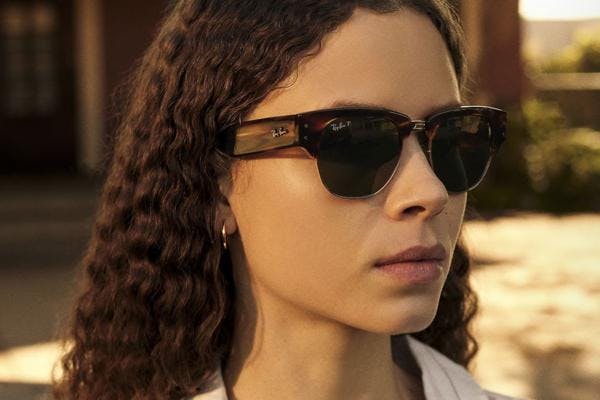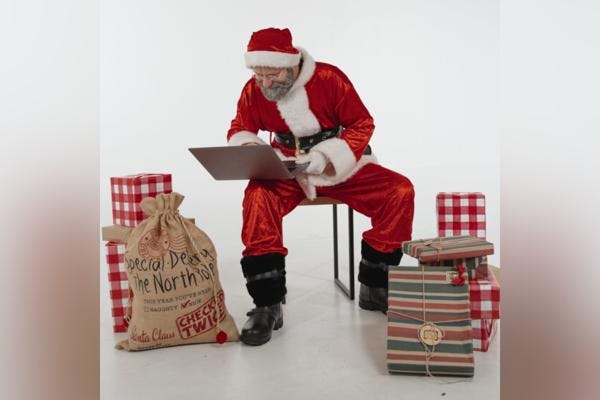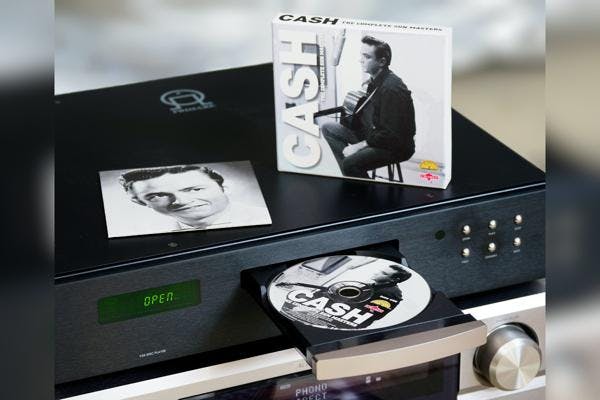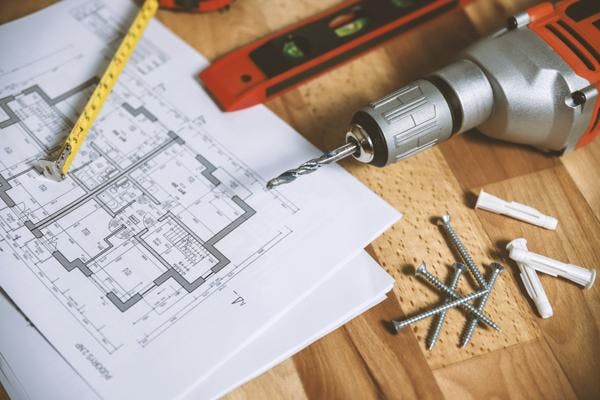
Unleashing the Value: Pawning Snap-on Tools at Pawn Shops
Many pawn shops pay top dollar for good condition tools and equipment.

Diamonds are a popular item at many jewelry pawn shops. Diamonds are rare, expensive, and in demand. Pawn shops often carry large selections of diamond rings, diamond bracelets, and diamond necklaces.
Many pawnbrokers are experts in identifying and valuing diamonds. They often have specialized equipment to analyze diamond grades in the pawn shop.
Diamonds come in many different shapes, colors, clarities, and cuts. Buying a diamond can be confusing if you are new to the diamond industry. Below we will outline the basics of diamond terms.
Diamonds come in many different colors - colorless, white, red, blue, and green. Most diamonds we are accustomed to seeing every day are colorless. Red, blue, and green diamonds are very rare and expensive.
Diamonds are graded and receive a color rating for how colorless or yellow they appear. Diamonds can vary from totally colorless to a yellowish appearance. Diamond color grades start at the letter D for perfectly colorless, and go to Z for very tinted.
Colorless diamond ratings
An ideal diamond is completely colorless and grade D. These diamonds are priced the highest. Although many diamonds appear colorless, most have slight tones of yellow or brown.
Lab-grown diamonds are created in a controlled environment, and the color can be pre-determined. Lab-grown diamonds have a much wider range of colors.
Diamonds are cut into many different forms - the cut
of a diamond changes the way it sparkles (also known as its brilliance
).
The most common diamond cut is known as a round-cut diamond.
Popular diamond cuts include:
In addition to the general shape, the cut depth of the diamond can differ. The cut depth affects the way that light reflects through the diamond. Imperfect cuts can cause too much shadow and light to be lost from the bottom, which results in the diamond losing its brilliance.
Expert diamond cutters spend years learning the trade. A correct diamond cut can make a huge difference in the optical appearance of the diamond.
Diamond carat weight measures how much a diamond weighs.
A metric carat
is defined as 200 milligrams (mg), which enables precise measurements to the hundredth decimal place.
Jewelrs often use the term points
to describe the weight of diamonds below one carat.
Diamond clarity refers to how many imperfections
exist inside the diamond. Imperfections are small pieces of
non-diamond material trapped inside the diamond. These pieces reduce the diamond’s brilliance because light becomes trapped
when it hits the imperfections.
An analogy for diamond clarity is a window - a clear window allows all light to pass through it. A dirty window absorbs much of the light. The GIA has a standard scale for diamond clarity:
Pawn shops can offer great deals on diamonds. Many people sell their diamond rings, diamond bracelets, and diamond necklaces to pawn shops when they want to exchange their jewelry for cash.
Most jewelry pawn shops have in-house diamond experts who can answer questions and help you decide on the right diamond for you. Buying diamonds at pawn shops can save you money - you do not need to go through expensive retailers who often have a 100% markup on their diamonds. Also, pawn shops allow you to negotiate the price.
Jewelry pawn shops carry a large selection of other items like gold. The jeweler can help you find a matching gold, silver, or platinum ring for your diamond. You often can negotiate a deal when you buy both the diamond and the setting in the same transaction.
You can pawn and sell diamonds at most pawn shops. Diamonds are an international market and there is strong demand. The pawnbroker will typically have an expert inspect the diamond before giving you an offer. The expert will verify its authenticity and provide an opinion on the grade and value.
Before you pawn or sell your diamond to a pawn shop, you should follow these steps:
Lab-grown diamonds are relatively new, so not all pawn shops may accept lab-grown diamonds. You should contact the pawn shop ahead of time and ask them if they accept lab-grown diamonds.
Pawn shops usually buy anything of value that can be resold. Many high-quality lab-grown diamonds sell for several hundred to several thousand dollars.
Ask your pawn shop ahead of time if they accept lab-grown diamonds. You can increase your offer value by including the original paperwork.
Always be honest when you sell your diamond to a pawn shop. Never try to represent a lab-grown diamond as a natural diamond. Misrepresenting a diamond can be classified as a fraud in many states.
Lab-grown diamonds, also called synthetic diamonds, are now commonly available in most jewelry marketplaces. The lab-grown diamond trend is relatively new, and many large players like De Beers are entering the lab-grown diamond business. causing both interest and concern about lab-grown diamonds and whether gemologists or gemological labs can identify them.
Synthetic diamonds are produced in factories, and recent technological advancements have resulted in high-quality synthetic diamonds
that closely resemble natural diamonds. In fact, now it is very difficult to detect the differences between
lab-grown diamonds and natural diamonds. Often experts need specialized equipment like electron microscopes to tell the difference.
Some experts note that lab-grown diamonds can appear too perfect.
Lab-grown diamonds are not the same as cubic zirconia (CZ
). Lab-grown diamonds have the same chemical and
physical properties as real diamonds, while CZ does not.
Natural diamond crystals are typically created deep within the earth and they are brought to the surface by volcanic eruptions. Lab-grown diamonds simulate this environment using the high-temperature (HPHT) and chemical vapor deposition (CVD) methods.
Today’s lab-grown diamonds are high-quality and much cheaper than natural diamonds. For budget-conscious buyers, lab-grown diamonds can offer great value. Lab-grown diamonds can be a better choice for many buyers.
The British royal family owns the most expensive diamond in the world - the Cullinan II. The royal family has one of the most impressive jewelry collections in the world consisting of pearls, rubies, emeralds, and sapphires.
The giant diamond, sometimes referred to as the First Star of Africa, was discovered in South Africa in 1905. The raw weighed an incredible 3,106 metric carats before it was cut. The raw diamond was cut and produced nine large diamonds (referred to as Cullinan I, II, III... to IX). Many of the Cullinan diamonds were added to the British Imperial State Crown.
Diamonds are popular items at pawn shops. Pawning and buying diamonds is relatively easy - we recommend using our map to find local pawn shops near you.
If you want to learn even more about diamonds, we recommend visiting the Gemological Institute of America (GIA). The GIA manages industry standards for rating and evaluating diamonds.
💬 Be the first to leave a comment

Many pawn shops pay top dollar for good condition tools and equipment.

Learn how to sell your good condition designer sunglasses to pawn shops

Learn how you can exchange Christmas gifts at pawn shops for cash

Learn how to get the most money at pawn shops for your rare Pokémon Cards.

Many pawn shops still buy and sell DVDs and DVD players. Learn how much money pawn shops will offer.

Pawn shops are an essential part of the economy. Learn how you can start a profitable pawn shop in your local region.